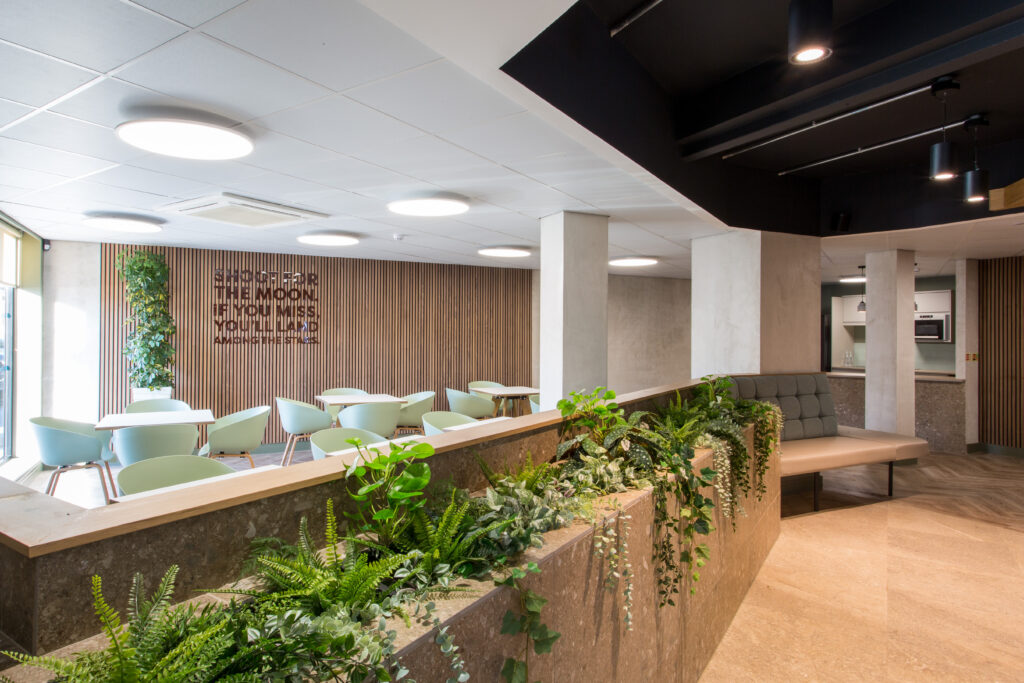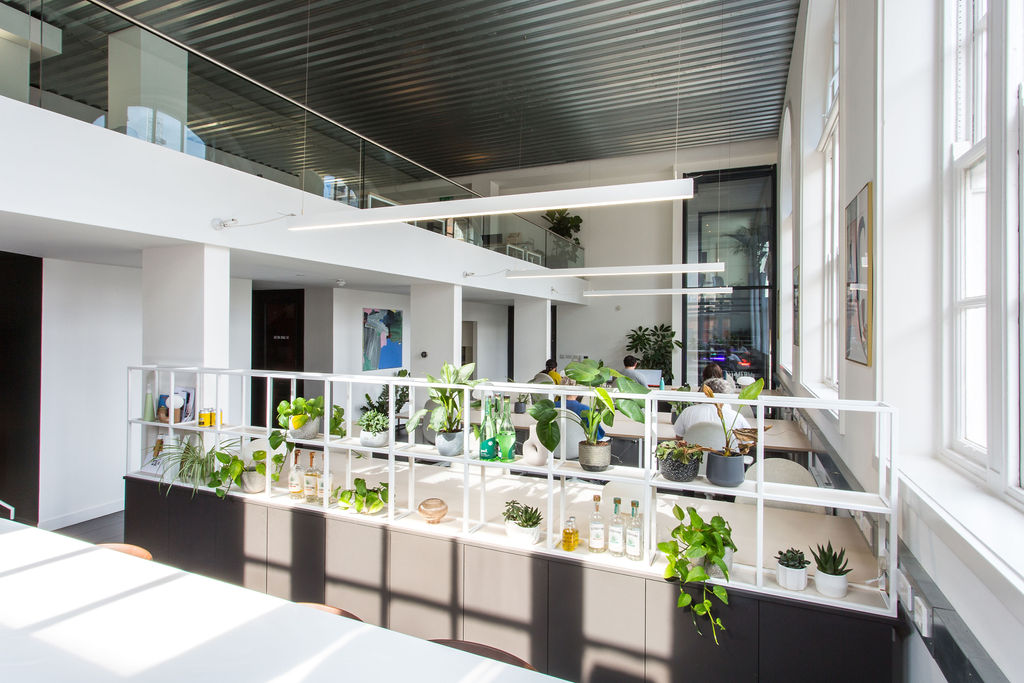Designing office space with neurodiversity in mind, requires know what neurodiversity is.
What is neurodiversity?
Neurodiversity is a perspective on human diversity that recognizes and respects the different ways that brains can think, learn, and process information. It emphasizes the potential of people with diverse neurological conditions and advocates for their rights to be treated with dignity, equality, and respect.



Office Space Design
Designing spaces for neurodiversity refers to the process of creating environments that are inclusive and accommodating for people with a wide range of cognitive and neurological abilities. This includes individuals with autism, ADHD, dyslexia, and other conditions that affect the way the brain processes information.
When designing spaces for neurodiversity, it is important to consider the specific needs of different individuals and how the environment can support them. This can include things like providing quiet spaces for individuals who are sensitive to noise, using clear and consistent signage, and incorporating natural light and plants to promote a sense of calm.
It can also include designing spaces to be flexible and adaptable, allowing for individual customization and the ability to modify the environment as needed. This can include things like adjustable lighting and temperature, and the option to use assistive technology like speech-to-text software. The goal of designing spaces for neurodiversity is to create environments that promote independence, well-being, and inclusivity for all individuals, regardless of their neurological abilities.
A good office space for neurodiversity should be designed with the goal of creating an inclusive and supportive environment for all individuals, regardless of their neurological abilities.
Key Elements of Neurodiverse Design
Some key elements that can make an office space more accommodating for people with neurodiversity include:
- Flexibility and adaptability: The space should be flexible enough to accommodate different needs and allow for individual customization. This can include things like adjustable lighting, temperature, and the ability to use assistive technology like speech-to-text software.
- Noise and sensory control: People with neurological conditions may be more sensitive to noise and other sensory stimuli. Providing quiet spaces and controlling noise levels can help to reduce stress and improve focus.
- Clear and consistent signage: Clear and consistent signage can help people navigate the space and reduce confusion and anxiety.
- Natural light and plants: Incorporating natural light and plants can help to promote a sense of calm and well- being in the office.
- Accessibility: The space should be accessible to people with different abilities, including those who use wheelchairs or other mobility devices.
- Supportive community: The office culture should promote inclusivity and understanding of neurodiversity and provide support for employees with neurological conditions.
- Personalized workspaces: Offering a variety of workspaces, such as private offices, open workspaces, and quiet rooms, can help people with different needs find the best environment for their work.
By considering these elements, office spaces can be designed to be more inclusive and supportive for people with neurodiversity, promoting their well-being and productivity.







